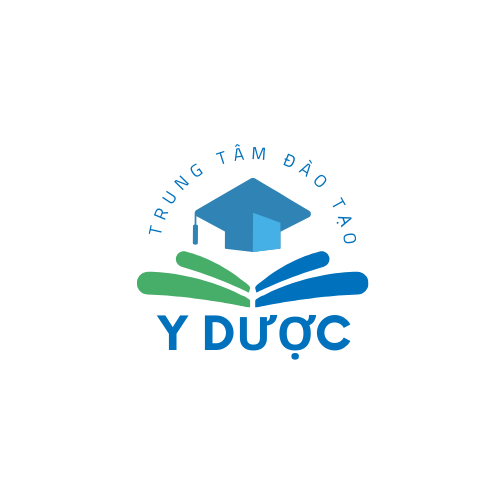multinational corporations, broadcasting giants, and innovative sponsorship models. This intricate network produced more than 4.5 billion euros per annum during the 2023-2025 cycle, with sponsorship contributions accounting for nearly one-third of overall earnings as reported by industry analysts[1][10][11]. https://income-partners.net/
## Primary Income Streams
### Elite Tournament Partnerships
Europe’s premier club competition operates as the monetary centerpiece, garnering 12 global partners including Heineken (€65M/year)[8][11], the interactive entertainment leader[11], and the Middle Eastern carrier[3]. These agreements jointly generate €606.33 million annually through federation-level arrangements[1][8].
Key sponsorship trends include:
– Industry variety: Transitioning beyond alcoholic beverages to tech giants like Alipay[2][15]
– Territory-specific agreements: Digitally enhanced brand exposure in Asian and American markets[3][9]
– Female competition backing: Sony’s dual commitment covering both UCL and Women’s EURO[11]
### Television Revenue Leadership
Media rights sales constitute the largest revenue share, producing 2.6B euros each fiscal cycle from Europe’s elite competition[4][7]. The European Championship media deals outstripped €1.135 billion via agreements across five continents[15]:
– British public broadcasters securing 24.2M peak viewership[10]
– Qatari-owned sports network[2]
– Wowow (Japan)[2]
Innovative developments encompass:
– OTT market incursion: Disney+ Hotstar’s Asian strategy[7]
– Combined broadcast approaches: Simulcasting matches through traditional and digital channels[7][18]
## Monetary Redistribution Frameworks
### 1. Club Compensation Models
The governing body’s distribution mechanism allocates 93% of net income to stakeholders[6][14][15]:
– Meritocratic allocations: Top-performing clubs earn nine-figure sums[6][12]
– Grassroots funding: substantial annual contributions to non-participating clubs[14][16]
– Market pool allocations: Premier League clubs secured over a billion in domestic deals[12][16]
### Regional Development Support
UEFA’s development initiative distributes 65% of EURO profits via:
– Stadium developments: German accessibility enhancements[10][15]
– Youth academies: Bankrolling talent pipelines[14][15]
– Women’s football investments: 30% player revenue mandates[6][14]
## Emerging Challenges
### 1. Financial Disparity
England’s top-flight financial dominance significantly outpaces continental rivals’ earnings[12], exacerbating competitive imbalance. UEFA’s financial fair play aim to mitigate these gaps by:
– Wage cap proposals[12][17]
– Acquisition policy changes[12][13]
– Enhanced solidarity payments[6][14]
### 2. Ethical Sponsorship Debates
Although producing record tournament income[10], over a sixth of English football backers are betting companies[17], sparking:
– Addiction concerns[17]
– Government oversight[13][17]
– Fan backlash[9][17]
Progressive clubs are shifting to ESG-aligned partnerships like:
– Climate action programs partnering green tech companies[9]
– Community outreach programs backed by financial service providers[5][16]
– Digital literacy collaborations alongside software giants[11][18]
